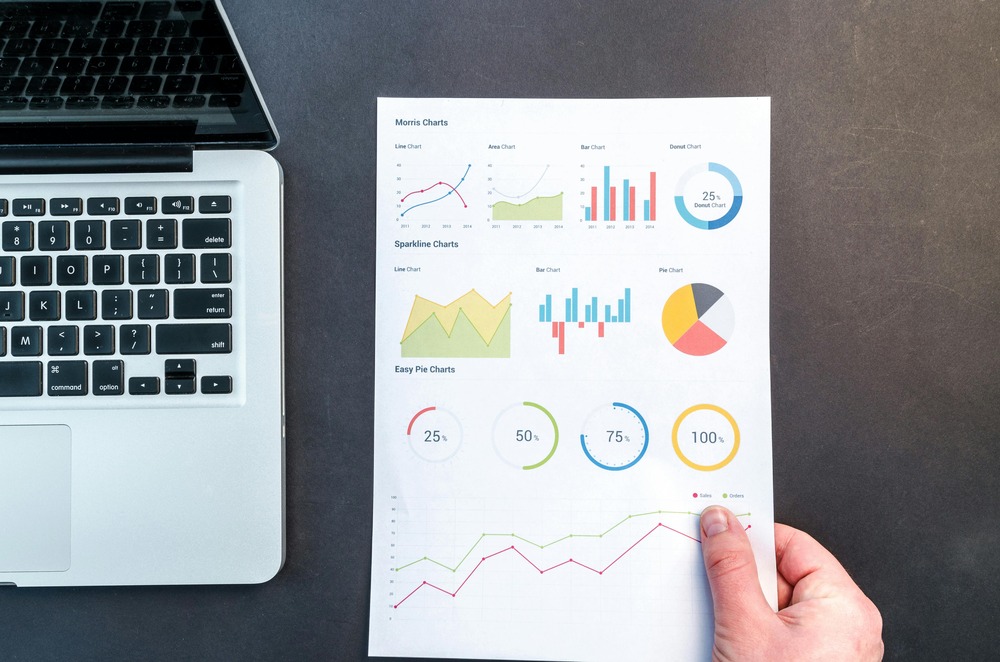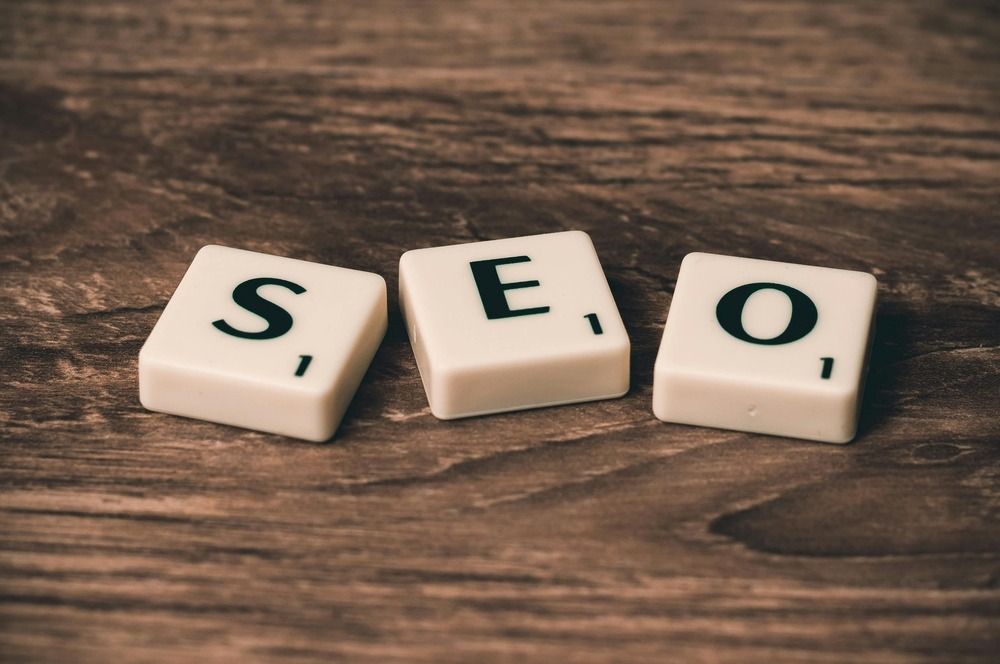In today's digital landscape, businesses are constantly seeking effective strategies to reach their target audiences. With the rise of online platforms, the debate between paid and organic digital marketing has become increasingly relevant. Both approaches have their unique advantages and challenges, and finding the right balance can lead to significant growth and engagement. In this blog, we will explore the statistics behind paid and organic marketing, provide clear tables for comparison, and discuss how to create a harmonious strategy that leverages the strengths of both methods. 🌐📈

Understanding Paid and Organic Marketing
Paid digital marketing refers to any marketing strategy that involves paying for visibility, such as pay-per-click (PPC) advertising, social media ads, and display ads. On the other hand, organic marketing focuses on gaining visibility through unpaid efforts, such as search engine optimization (SEO), content marketing, and social media engagement.
Key Statistics
To better understand the impact of these two approaches, let’s look at some compelling statistics:
-
Paid Advertising: According to a report by WordStream, businesses make an average of $2 in revenue for every $1 spent on Google Ads. This highlights the potential return on investment (ROI) that paid advertising can offer.
-
Organic Reach: A study by HubSpot found that 61% of marketers say improving SEO and growing their organic presence is their top inbound marketing priority. This indicates a strong focus on organic strategies among marketers.
-
Cost-Effectiveness: Research from the Content Marketing Institute shows that content marketing costs 62% less than traditional marketing and generates about three times as many leads.
Comparison Table: Paid vs. Organic Marketing
| Aspect | Paid Marketing 💰 | Organic Marketing 🌱 |
|---|---|---|
| Cost | Higher upfront costs | Lower long-term costs |
| Speed of Results | Immediate visibility | Takes time to build |
| Longevity | Short-term impact | Long-lasting effects |
| Control | High control over targeting | Less control over reach |
| ROI | Variable, often high | Generally lower but sustainable |
| Audience Engagement | Can be less personal | Builds community and trust |
The Importance of a Balanced Strategy
Finding the right balance between paid and organic marketing is crucial for maximizing your reach and engagement. Here are some strategies to consider:
-
Start with Organic: If you're a new business, focus on building a strong organic presence first. Invest in quality content and SEO to establish your brand. This foundation will make your paid efforts more effective later on.
-
Use Paid to Amplify Organic: Once you have a solid organic strategy, use paid advertising to amplify your best-performing content. This can help you reach a wider audience and drive more traffic to your website.
-
Monitor and Adjust: Regularly analyze the performance of both paid and organic campaigns. Use tools like Google Analytics to track your ROI and engagement metrics. Adjust your strategy based on what the data tells you.
Performance Metrics Table
| Metric | Paid Marketing 📊 | Organic Marketing 📈 |
|---|---|---|
| Click-Through Rate | 2-5% average | 0.5-2% average |
| Conversion Rate | 2-10% average | 1-3% average |
| Cost Per Acquisition | $20-$200 | $10-$100 |
| Time to Rank | Immediate | 3-6 months |
Tools for Success
To effectively manage both paid and organic strategies, consider using various tools that can help streamline your efforts:
-
Google Ads: A powerful platform for managing your paid advertising campaigns. You can set budgets, target specific demographics, and track performance metrics.
-
SEMrush: This tool is excellent for SEO and content marketing. It provides insights into keyword performance, competitor analysis, and backlink tracking.
-
Hootsuite: A social media management tool that allows you to schedule posts, track engagement, and analyze your social media performance across multiple platforms.
Conclusion
In conclusion, a balanced approach to paid and organic digital marketing can significantly enhance your business's online presence. By understanding the strengths and weaknesses of each method, you can create a strategy that maximizes your reach and engagement. Remember to continuously monitor your performance and adjust your tactics as needed. With the right tools and strategies in place, you can achieve sustainable growth and build a loyal customer base. 🌟
For more insights on digital marketing strategies, check out HubSpot and Content Marketing Institute. Embrace the power of both paid and organic marketing, and watch your business thrive!




